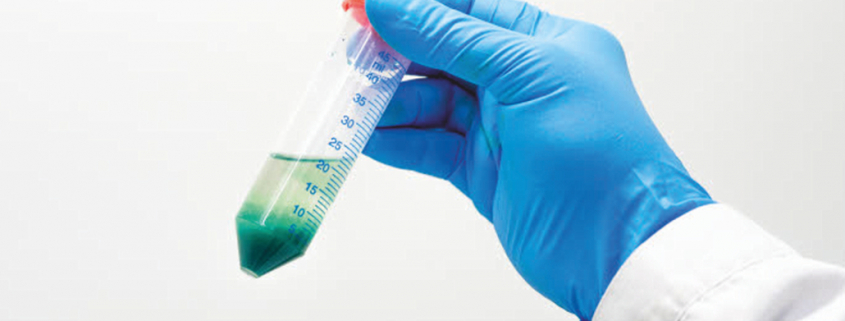New Method for Recycling Lithium-Ion Batteries
Researchers at Swedish Linnaeus University have developed a new way of retrieving cobalt from used lithium-ion batteries.
With a liquid solvent made of readily available substances – a simple derivate of urea and acetamide – over 97 percent of the cobalt can be recovered, the university informed. The researchers see good potential for large-scale application.
Due to the increased demand for lithium-ion batteries combined with the limited availability of the metals needed to produce said batteries, efficient methods for battery recycling are required. Cobalt is one of the main components of modern lithium-ion batteries widely used in electric vehicles and smartphones. Demand for cobalt is strong and expected to increase in coming years, the university is convinced. “Still, only a fraction of discarded batteries is today recycled.”
According to Ian Nicholls, professor of chemistry at Linnaeus University, today’s methods for recycling cobalt from batteries come with many drawbacks. “They require significant amounts of energy and create byproducts that are dangerous for both humans and the environment. With more efficient and environmentally friendly methods, we can reuse a very significant portion of the cobalt that is already in use, instead of mining”.
Greener battery recycling
As underlined, a new method for recycling cobalt developed by Ian Nicholls’ research group could lead to a greener battery industry because two problems with current recycling are addressed – high-energy costs and dangerous waste.
The cobalt is separated by a liquid solvent, which dissolves the lithium cobalt oxide. It “is a combination of two readily available substances: a simple derivate of urea, which is naturally occurring in urine, and acetamide, which can easily be retrieved from acetic acid”, explained Subramanian Suriyanarayanan, one of the researchers.
Compared to widely used methods for recycling cobalt, the main benefit of the new solvent is that the process can take place at much lower temperatures. “In our case, the reaction is most efficient at 180 degrees Celsius. That makes our method much more energy efficient than today’s commercial options, such as pyrometallurgy, which require extreme temperatures, often exceeding 1,400 degrees,” Ian Nicholls was cited. As reported, the researchers have extracted more than 97 percent of the cobalt from pieces of lithium cobalt oxide that have spent two days in the heated solvent. “The raw cobalt has then been used to produce new batteries, which in turn have been recycled with maintained effect,” the Linnaeus University gave account. “New batteries have been constructed in collaboration with researchers at Indian Institute of Technology in Madras, India.”
The researchers at Linnaeus University see the results as a step towards greener battery production.
(Published in GLOBAL RECYCLING Magazine 3/2023, Page 42, Photo: Joakim Palmqvist/Linnaeus University)







